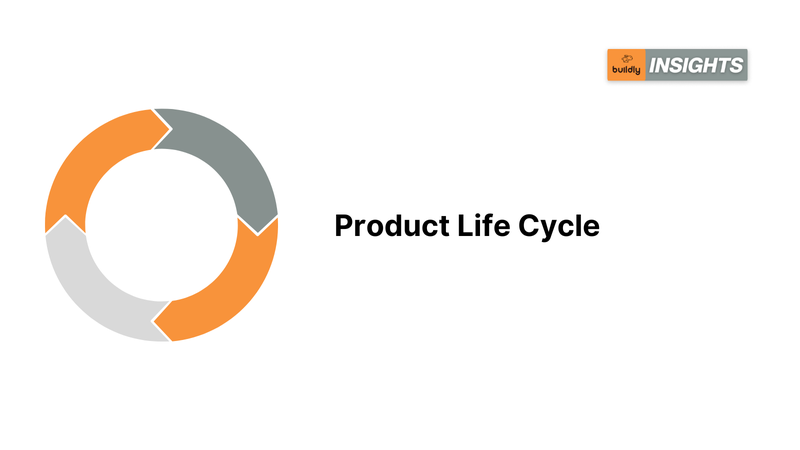Product Life Cycle

- admin
- Jan. 24, 2023
Product life cycles are an integral part of any product development and business strategy. By understanding the different stages of a product life cycle, businesses can better anticipate customeAny product development and business plan must include product life cycles. Businesses may more accurately predict customer needs and create plans that increase revenue by understanding the various stages of a product life cycle.
The four main stages of the product life cycle are introduction, growth, maturity, and decline. In order to maximize a product's potential, each stage brings a set of distinct opportunities and concerns.
- The goal of the introduction phase is to raise consumer awareness and stimulate demand. This could involve launching aggressive marketing activities to build attention and publicity. At this point, it's important to carefully examine product pricing and distribution. Discounts and free trials are two examples of promotional strategies that might assist increase sales.
- A company should concentrate on increasing sales and establishing a strong customer base during the growth stage. Businesses should now concentrate on streamlining processes for effective sales and delivery. Sales can be increased by strategies including product bundling, loyalty programs, and increased retail presence.
- At the maturity stage, maintaining market share and boosting profitability become the primary goals. Analyzing competition pricing and positioning, enhancing product packaging, investing in innovation to meet growing consumer needs, and boosting client loyalty through extra services are all appropriate strategies in this situation.
- Finally, during the decline period, companies should concentrate on limiting losses and departing the market in a controlled manner. Prices might be lowered, discounts could be provided to stimulate the sale of leftover stock, or new markets could be entered.
Businesses can maximize profitability throughout the product's lifecycle and assure its long-term success by understanding each step of the life cycle and creating strategies that are appropriate for each stage.

